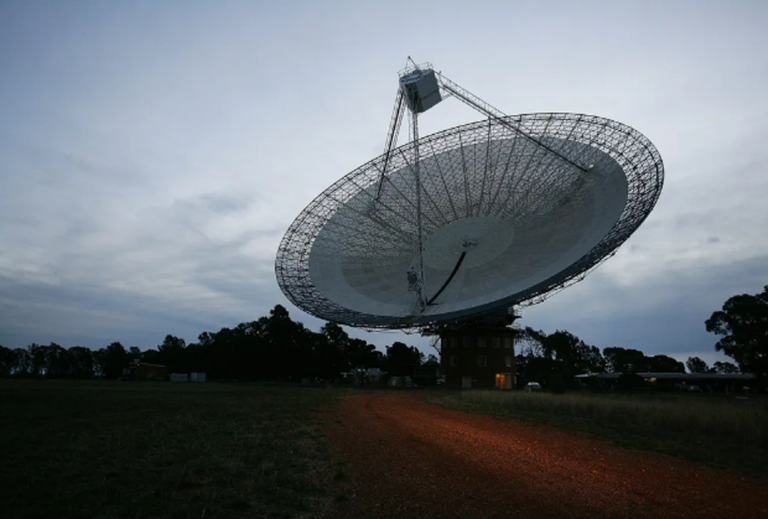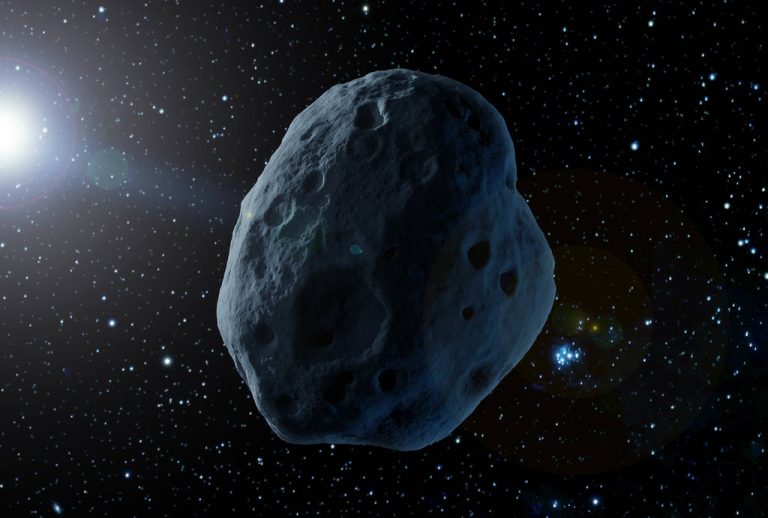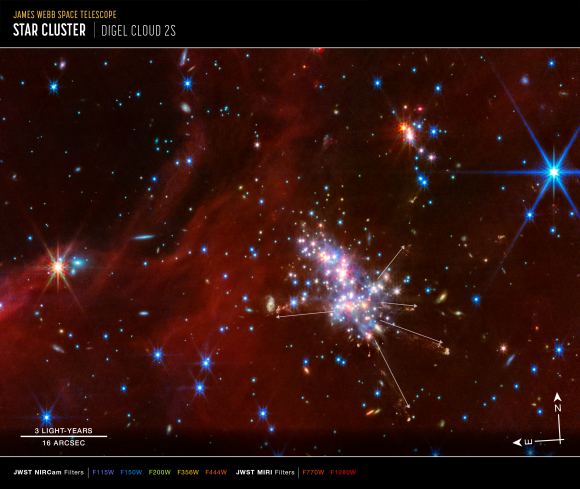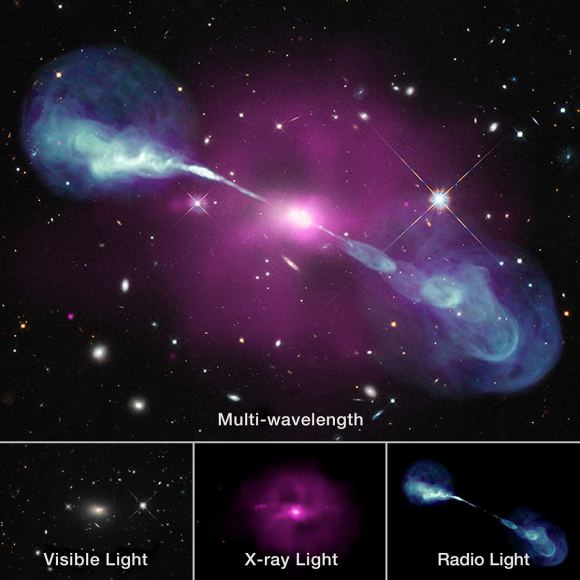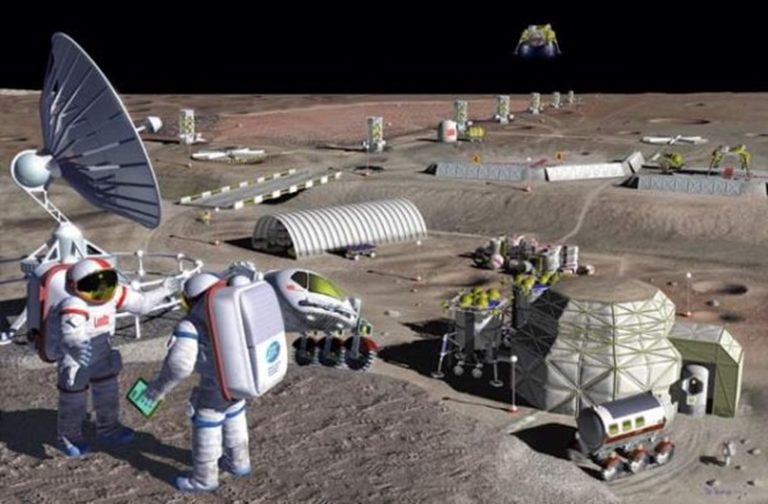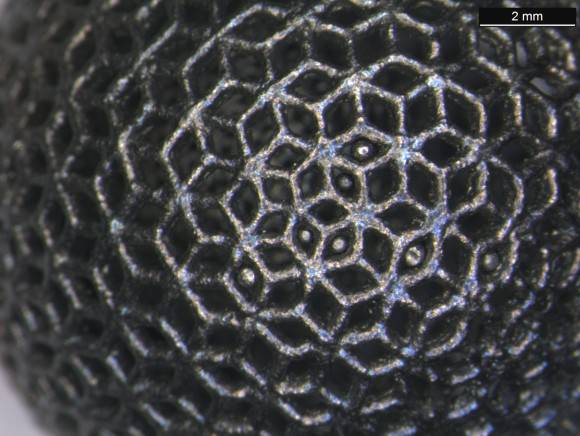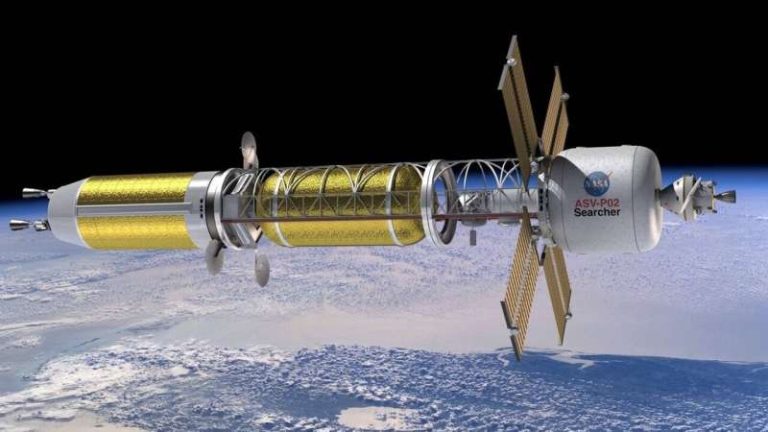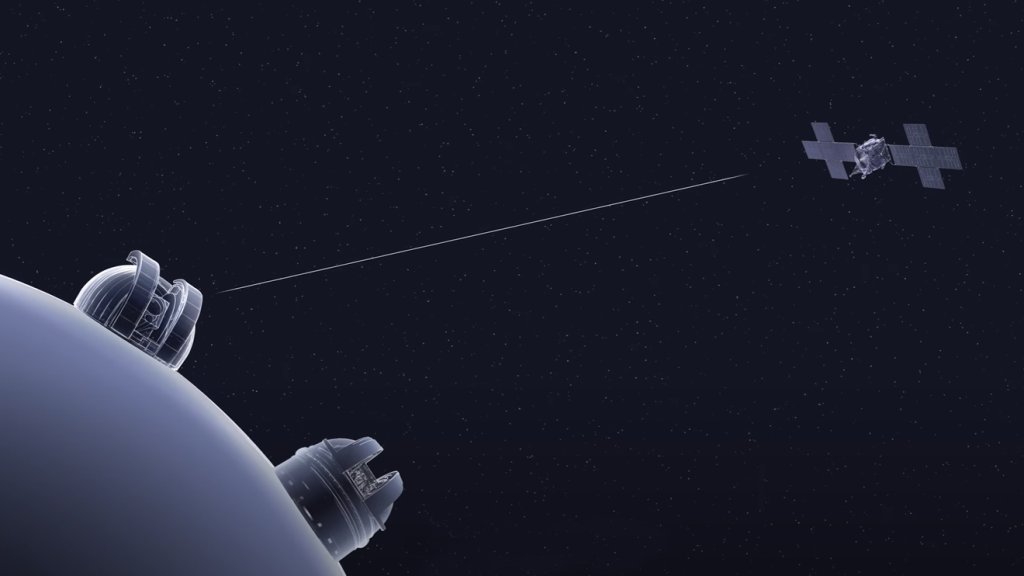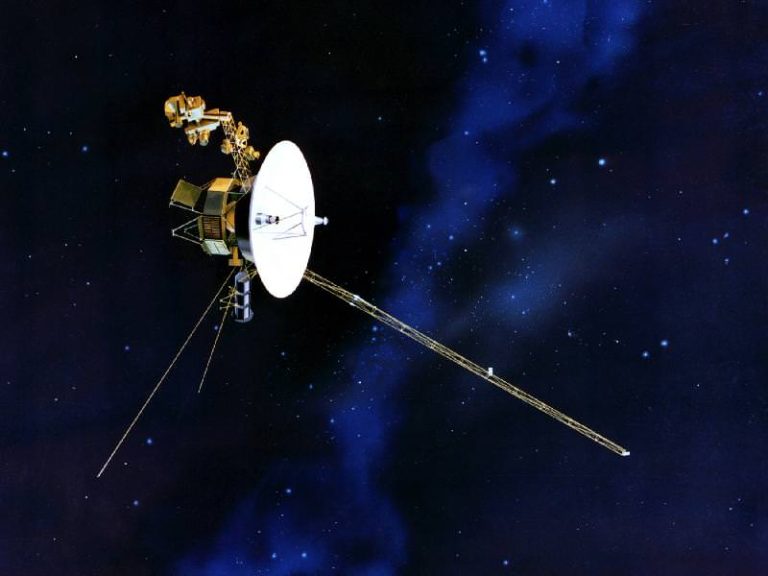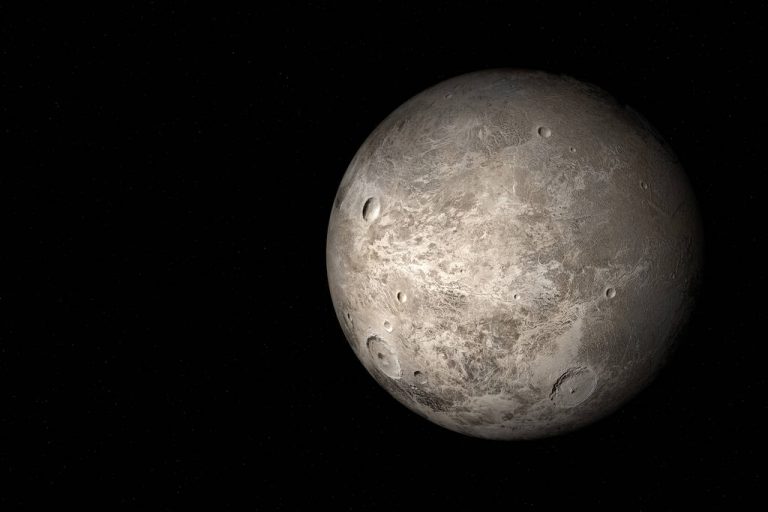Alien Confirmation Just Weeks Away, According to Leading Professor
A prominent British professor claims that humanity is on the brink of discovering alien intelligence. Two rival groups of astronomers are racing to publish their findings on extraterrestrial civilizations, potentially changing our understanding of life in the universe. The confirmation of non-human intelligence could come within weeks, and the announcement is expected to be one of the most monumental in human history. The evidence is based on signals detected from a mysterious object known as BLC-1, which has sparked intense research and competition between astronomical teams.
Summary
- Astronomers are racing to publish evidence of alien life.
- Professor Simon Holland claims to have insider information on the discovery.
- Two rival teams—one linked to the Breakthrough Listen initiative, the other from China—are involved.
- Evidence includes a “non-human technological signature” from a target object named BLC-1.
- The discovery could be announced within weeks.
- The evidence is currently being reviewed to confirm authenticity before going public.
- The Chinese FAST program might reveal the discovery before other groups.
- The signals detected differ from any natural phenomenon.
- This discovery could coincide with the upcoming U.S. presidential election.
- The findings may transform our understanding of extraterrestrial life.
The Race to Confirm Alien Life: What’s Happening?
Imagine waking up to news that alien life has been confirmed. According to leading astronomers, we are just weeks away from such a reality. Professor Simon Holland, a respected academic known for his work with NASA, has made bold claims about the imminent release of information on extraterrestrial intelligence. The discovery is based on the detection of mysterious signals from deep space, and researchers are in a race to be the first to publish their findings.
This announcement could represent one of the most significant discoveries in human history, as it would finally provide concrete evidence that we are not alone in the universe. In this article, we’ll explore what we know so far about these developments and what this could mean for our future.
The Discovery: Signals from BLC-1
One of the most compelling aspects of this story is the claim that astronomers have found a “non-human technological signature” coming from an object known as BLC-1. This object, located deep in space, emitted signals that caught the attention of researchers using the Parkes Radio Telescope in Australia. The signals, described as a “narrow electromagnetic spectrum,” are unlike any natural phenomenon known to science.
According to Professor Holland, this could be the first confirmed detection of an extraterrestrial civilization. He has stated, “We have found a non-human extraterrestrial intelligence in our galaxy, and people don’t know about it.” This is not just speculative; the evidence is solid enough that researchers have been working for years to verify it before making a formal announcement.
“The signal from BLC-1 is different from anything we’ve seen before. It has the characteristics of an advanced technology that we have no natural explanation for.” — Professor Simon Holland
The discovery was made a few years ago, but researchers have been hesitant to release the findings due to their extraordinary nature. Now, however, two groups are preparing to make their announcements.
The Teams Racing for Discovery
Two rival groups are currently racing to be the first to publish their findings. The first team is linked to Breakthrough Listen, a privately funded initiative aimed at finding signs of extraterrestrial civilizations. The initiative, funded by tech mogul Mark Zuckerberg and other prominent figures, has been using some of the world’s most advanced telescopes to search for alien life. You can learn more about their mission here.
Professor Holland claims to have received a tip-off from someone within Breakthrough Listen, who confirmed that they had found the signals years ago. The team has been working on gathering more evidence to support their findings before making them public. However, a Chinese research program could beat them to the punch.
The Chinese team, using the Five-hundred-meter Aperture Spherical Telescope (FAST), which is the largest telescope in the world, is also working on the same discovery. You can read more about it here. FAST, which became operational after the collapse of the Arecibo Observatory, has been scanning the skies for signals that could indicate the presence of alien technology.
BLC-1 and Non-Human Technology: What Does This Mean?
The discovery of signals from BLC-1 could be the most compelling evidence to date of alien life. What makes these signals so extraordinary is that they don’t match any known natural source. They have the characteristics of what astronomers call a “technosignature”, or a sign of technology created by an advanced civilization.
Table 1: Characteristics of BLC-1 Signal
| Attribute | Description |
|---|---|
| Signal Type | Narrowband electromagnetic |
| Source | BLC-1 (Deep Space Object) |
| Likely Cause | Technological, non-natural |
| Telescope Used | Parkes Radio Telescope (Australia) |
| Competing Research Programs | Breakthrough Listen, FAST (China) |
The signal was first detected years ago, but confirming its origin has proven to be a complex task. Researchers must rule out any possibility of interference from Earth-based technology, as well as ensure that the signal isn’t a natural cosmic event. According to Professor Holland, these steps are necessary before the discovery can be officially announced.
If confirmed, this would mark the first detection of intelligent alien life—a civilization potentially capable of creating technology far beyond what humans have achieved.
The Significance of FAST: China’s Role in the Discovery
While Breakthrough Listen has been a leading initiative in the search for extraterrestrial life, the Chinese FAST program has emerged as a strong competitor. FAST, which stands for the Five-hundred-meter Aperture Spherical Telescope, is the world’s largest radio telescope and has been scanning the universe for signs of alien life since its construction.
Professor Holland has expressed concerns that the Chinese may publish their findings before other teams, stating, “This is breaking news, as of yesterday, but the Chinese might be pipping them to the post, with their FAST program.”
Table 2: Comparison of Breakthrough Listen and FAST Programs
| Feature | Breakthrough Listen | FAST (China) |
|---|---|---|
| Funding | Privately funded (Mark Zuckerberg) | Government-funded |
| Primary Location | United States (Various Telescopes) | China (Guizhou Province) |
| Major Discovery | BLC-1 Signals | Ongoing Signal Detection |
| Size of Telescope | Multiple Telescopes Worldwide | Largest Single-Dish Radio Telescope |
The Chinese government has made significant investments in space exploration and technology, and FAST represents their commitment to leading the charge in discovering alien life. If they succeed in publishing their findings first, it could create a global sensation and lead to further collaboration—or competition—between nations in the race to understand extraterrestrial civilizations.
What Happens If We Confirm Alien Life?
If either Breakthrough Listen or FAST confirms that the signals from BLC-1 are indeed from an extraterrestrial civilization, the implications would be profound. Humanity would no longer be alone in the universe, and questions about the nature of alien life, its technology, and its intentions would dominate global discourse.
- What would the discovery mean for religion?
- How would governments respond?
- Could this lead to new technological advancements?
These are just a few of the questions that researchers, governments, and the public would grapple with.
We may be on the cusp of one of the most significant discoveries in human history. As Professor Holland and others prepare to release their findings, the world watches and waits. Whether it’s Breakthrough Listen or the Chinese FAST program that makes the first official announcement, one thing is clear: our understanding of the universe is about to change forever.
Are we ready to face the truth? It seems that we won’t have to wait much longer to find out.

